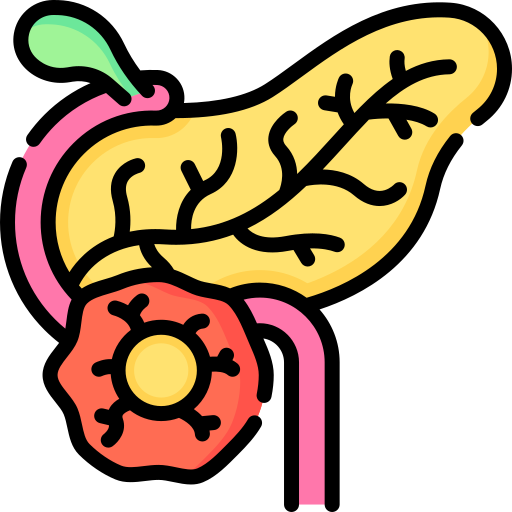
Dr Bhandari specialises in surgical treatment of various pancreatic diseases. He is the only Pancreatic surgeon in Perth to have training in Nanoknife technology for treating pancreatic cancers. His wait times for patients requiring Pancreatic surgery are very short.
Tumours of the pancreas can be solid or cystic, and can arise from the exocrine gland cells or the endocrine gland cells. They can be benign or malignant. Rarely the pancreas is a site for secondaries from cancers elsewhere (particularly melanoma). Most cysts in the pancreas are benign and can be safely watched. Most solid lumps should be removed because of the risk for cancer.
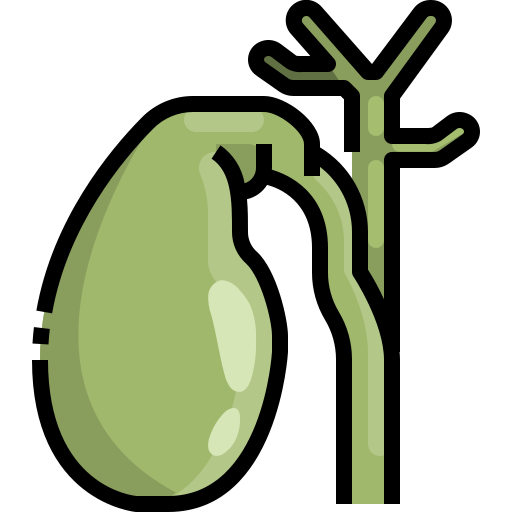
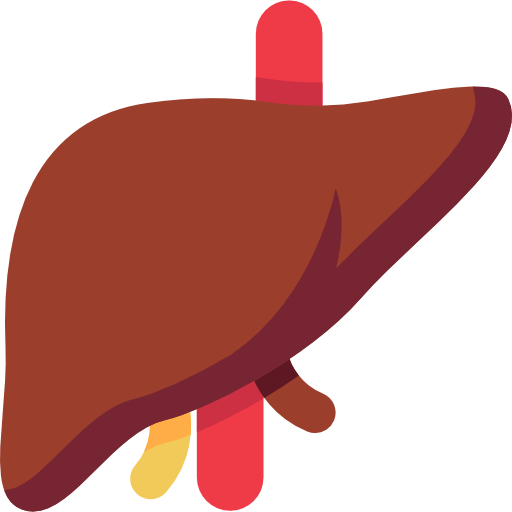

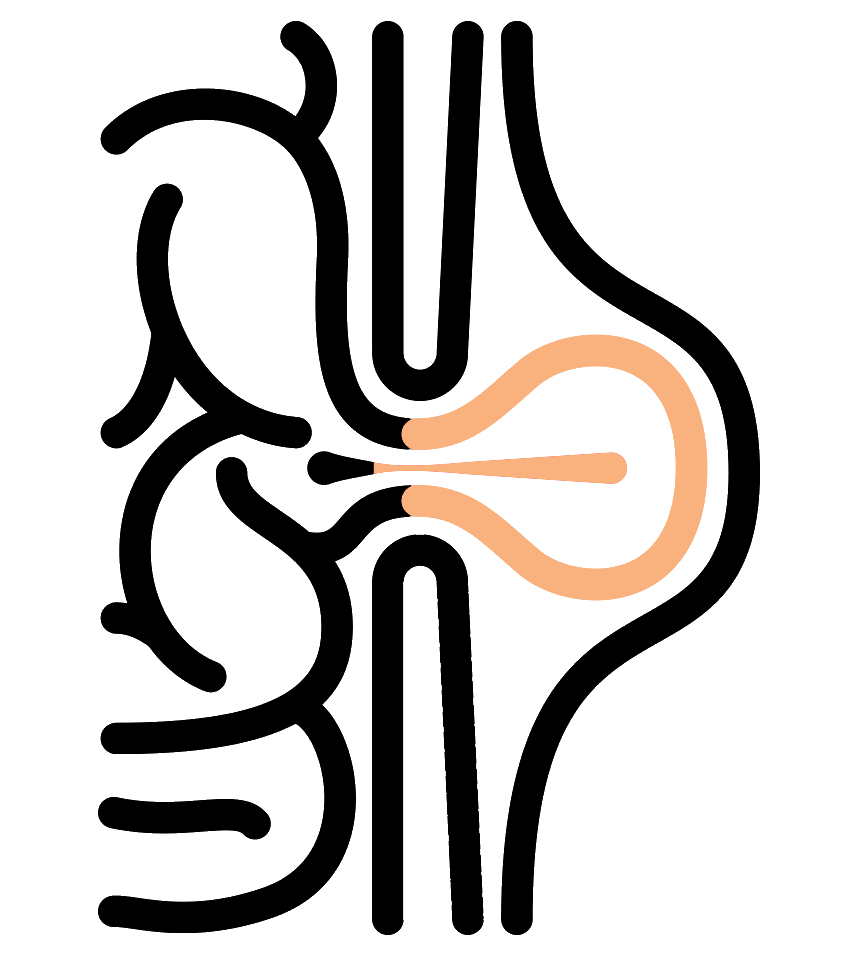
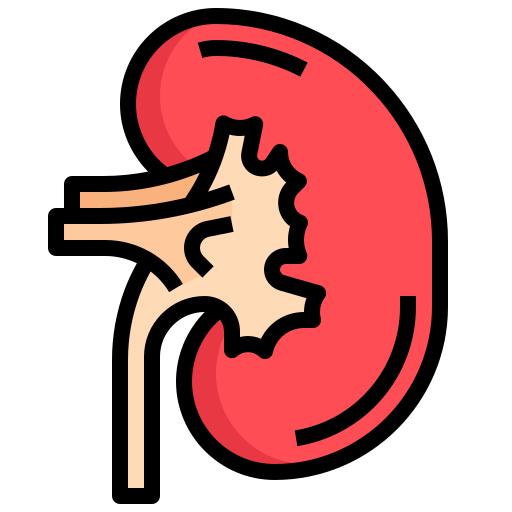
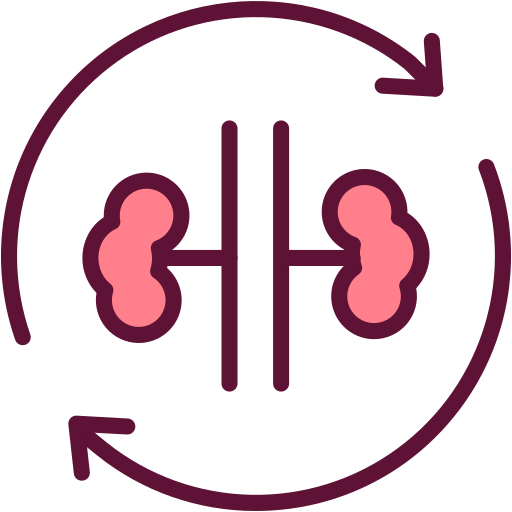
Pancreatitis.
Pancreatitis is an inflammation of the pancreas. It can be caused by several conditions.
Common conditions are:
Symptoms of pancreatitis:
Patients with pancreatitis present with abdominal pain, nausea and vomiting. Certain complications of pancreatitis may require surgery. If pancreatitis results from gallstones, cholecystectomy is performed. If certain complications such as enlargement of pancreas, bleeding, pseudocysts or abscess develop, surgical drainage or repair or removal of the affected tissues may be needed.
Individuals with a habit of smoking, chronic alcoholism and those having diabetes mellitus are at high risk of developing cancer. The most common cancer of the pancreas is ductal adenocarcinoma. This is an aggressive tumour and can have poor outcomes. Patients usually present with pain abdomen, jaundice or vague symptoms.
Tests for Pancreatic cancer:
Patients require various diagnostic procedures such as blood tests, abdominal ultrasound, computed tomography/MRI pancreas, ERCP or percutaneous biopsy, and/or endoscopic biopsy to diagnose pancreatic cancer. Treatment depends on the stage of cancer and may include chemotherapy, radiation therapy, and/or surgery.
Pancreatic Surgery.
Dr Bhandari is an experienced Pancreatic surgeon. He performs most Pancreatic surgery laparoscopically. Dr Bhandari is the only Pancreatic Surgeon who operates on privately insured patients in the private hospitals. The type of surgery depends on the location of tumour.
Distal Pancreatectomy.
This surgery involves removing the left most portion of the pancreas near the spleen. This procedure is commonly done via key-hole surgery.
Pancreatico-duodenectomy (Whipple’s Procedure).
This is surgery is done for most curable pancreas cancers that arise in the head of the pancreas near the duodenum and the bile duct. It is a complex operation involving removal of the duodenum, the head of the pancreas, the lower bile duct, and part of the stomach. Following the resection, the remnant pancreatic duct, bile duct and stomach are sewn into the loop of small bowel. This maintains the continuity of the gastrointestinal system. Drains are placed near the pancreatic and the biliary joins to check for leakage. After the surgery there is a tube in the nose that stays for around 4 days, the drains stay between 5 and 7 days.
Follow up appointment.
After pancreatic surgery, patients have regular follow up appointments and might need to have some tests. Your first appointment after surgery will be scheduled 2-3 weeks later. Further appointments will depend on which disease has been treated and your progress. If there are any concerns in between the appointments, then you can contact the practice but in case of emergency please report to your nearest hospital emergency department.
Risk and Complications of surgery.
Pancreatic surgery is associated with significant risks. The risks are higher if the patient is older or has significant other medical conditions.
General risks of surgery including wound infection, deep vein thrombosis (DVT), pulmonary embolism, or development of a hernia at the incision site. There is an increased risk of post- operative complications if you are overweight or if you smoke.
Bleeding either at the time of surgery or soon after, may require blood transfusion or re-operation. In most instances it resolves without further intervention and is unusual.
Pancreatic leak (fistula): The anastomosis (join) between the pancreatic duct and small bowel can leak resulting in pancreas juice pooling within the abdominal cavity. This can be life threatening and requires drainage. It occasionally requires further interventions or even further surgery. It can mean a long stay in hospital until the leak heals on its own.
Bile leak: Leakage from the bile duct (anastomosis) is less common, and usually self-limiting.
Gastric outlet obstruction (gastroparesis): Failure of the stomach to empty into the small bowel, may occur in upto 10-20% of patients. Treatment is usually by feeding distal to the stomach with a tube and administration of medication to help increase the strength of stomach contractions.
Abdominal collections: It is usually managed by placement of percutaneous drains and does not require reoperation.
Diabetes mellitus: Depending upon the amount of pancreas that is removed, and the quality of the remnant, you may develop diabetes due to insufficient islet cells to produce insulin.
Exocrine insufficiency: Most patients with pancreatic insufficiency present with diarrhoea and on testing a stool sample are found to have insufficient enzymes. Treatment involves administration of pancreatic enzyme supplements prior to meals.
Respiratory complications: (infection, collapse, fluid collections) are not uncommon. This may require antibiotic treatment or drainage.
Your message has been sent successfully…
